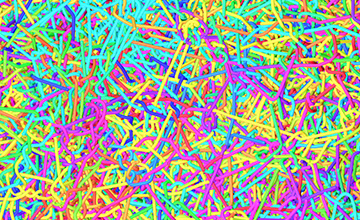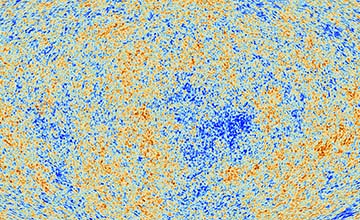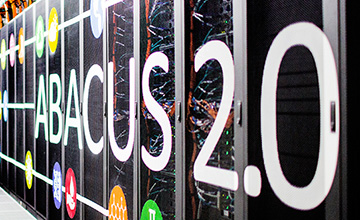
Computational black holes
Computational methods are developed for understanding a variety of state-of-the-art findings in astrophysics such as black holes and neutron stars.

Computational soft-matter physics
Gaining a better understanding of soft materials such as rubber, foam or plastics to optimise them for specific applications or to reduce their environmental footprint.

Computational cosmology
Cosmology is the study of the universe as a whole and seeks to answer questions such as how the universe began, what it contains and how it evolves in time. For that, theoretical methods are indispensable.

Computational particle physics
Research in particle physics within the Standard Model of particle interactions and its possible extensions including dark matter, using numerical simulations and high performance supercomputers.
Educational programmes
The computational physics education gives broad competences in turning data into valuable insights. Students are taught to use, e.g., Python, Matlab, and C++. During the education we cover numerical algorithms, but also statistics which is key to asking whether data can be trusted. Most importantly the physics education teaches how to develop models of literally everything in the universe.
Educational programmes
Courses
Below you see a list of courses taught in English. All physics courses give competences in developing and studying mathematical models of physical phenomena.
3. semester
Significance
Significance
Impact factors and applications
Plastic materials are used in a wide range of applications, but are problematic since most of them are based on hydrocarbon sources and are burned after use releasing CO2. Together with industrial collaborators from Continental Tires, we develop improved computer models to study real world issues such as how to control and mitigate breakage phenomena in tire materials to increase the tire lifetime and hence reduce tire waste. We cooperate with pharmacists modelling diffusion of drugs in hydrogels to optimise delivery systems for drugs administered to the eyes. We also work to develop computationally more effective models of rubber materials. These are benchmarked against detailed and very computationally expensive simulations performed on supercomputers.
Value for research community and relevance for the network
On the large scales, we are using computational techniques to study cosmology and astrophysics. This allows us to study how different cosmological models of dark energy and dark matter affects the universe we can observe today. We also develop software tools for reconstructing pictures of black holes from Event Horizon Telescope data.
At the molecular scales, we develop and apply computer models of polymer materials such a rubbers and polymer melts to generate data and answer questions, that cannot be studied with experimental approaches.
Using these data we
- improve theories of polymer physics
- advance our understanding of rubbery polymer materials,
- test and improve experimental analysis methods applied to these materials,
- develop new types of analysis methods and
- develop computationally more efficient models.
We generate reference data for some of the biggest simulation models currently being studied.